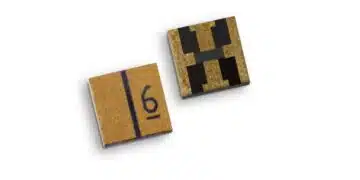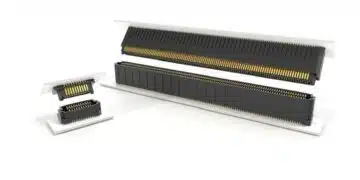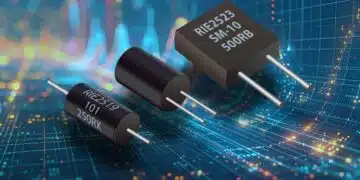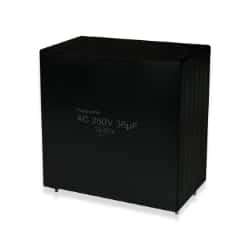Source: electropages news
Two series of DC-Link capacitors from Panasonic Automotive and Industrial Systems Europe benefit from key technological advantages initially developed for the automotive segment. Mainly targeted at the power inverter and switching power supply markets, the EZPQ and EZPE Series serve as AC-Link and DC-Link capacitors respectively.
Both series use the company’s unique patterned metallization technology. This technology delivers long-term reliability as well as fail-safe functioning for demanding applications. The patterned metallization behaves as a fuse function, disabling a segment of the metalized sheet, in effect preventing the capacitor from failing in short mode.
The use of zinc metallic spray for electrode formation as well as aluminium metallization offers increased resistance to humidity. Forming the casing with a vacuum process utilising a Panasonic-manufactured epoxy resin, results in an even thickness with no air bubbles and eddies, further increasing humidity resistance. Both EZPQ and EZPE Series capacitors have a long product life of minimum up to 100,000 hours, a wide operating temperature range of -40C up to +85C, are highly reliable, flame retardant and fully RoHS compliant. The devices also benefit from low ESR values as well as low losses.































